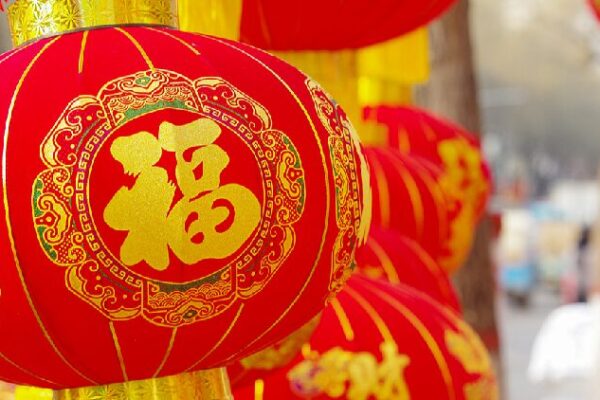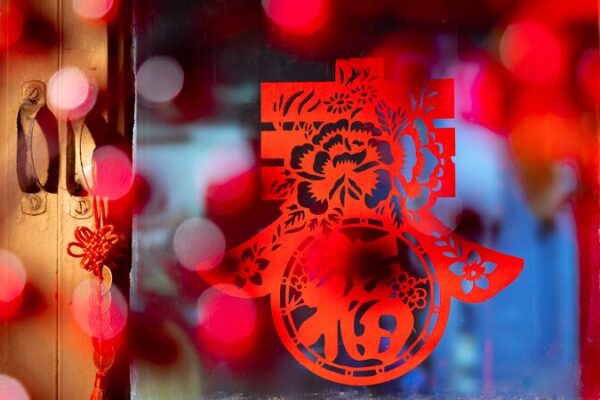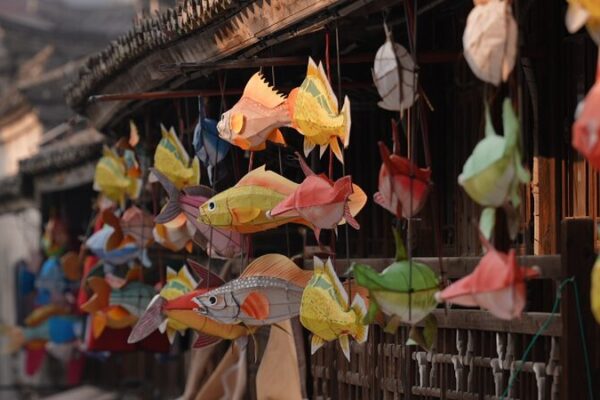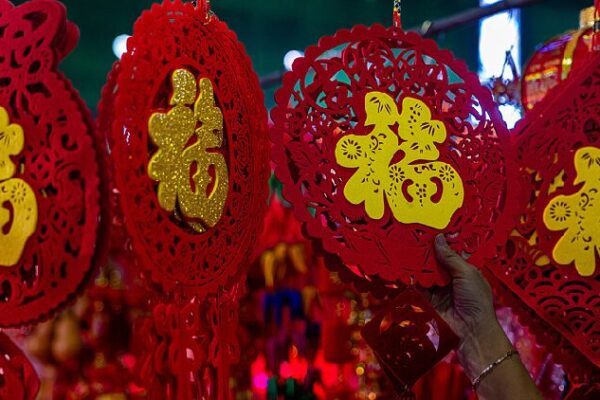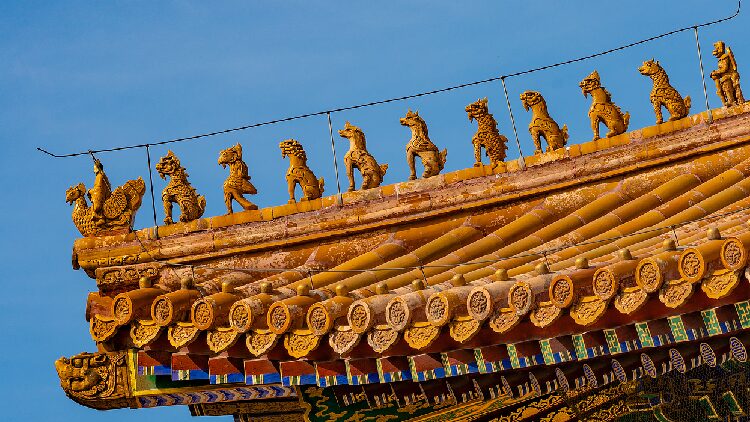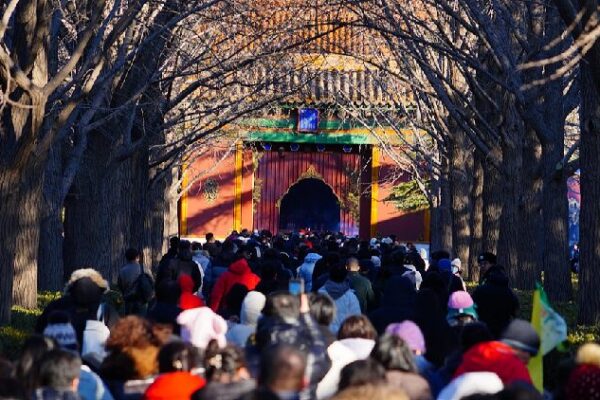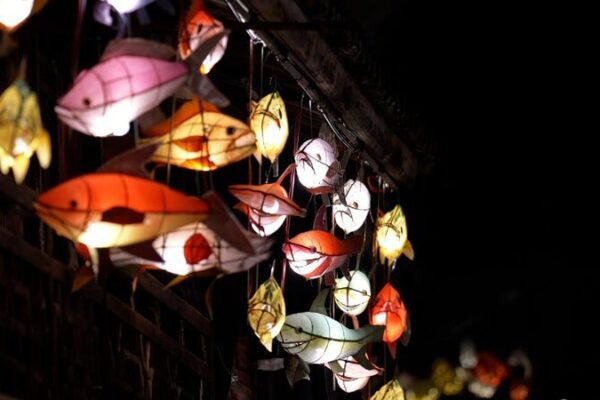China’s Spring Festival, with a history spanning over 4,000 years, has transformed from an ancient agrarian tradition into a global celebration. Originally marking the end of winter and the beginning of spring, the festival is now celebrated by nearly one-fifth of the world’s population, with about 20 countries recognizing it as a public holiday.
The festival began as a time for honoring ancestors, warding off mythical beasts like the Nian, and welcoming a prosperous new year. Traditional customs included offering sacrifices, lighting lanterns, and preparing feasts, deeply rooted in rural life and community bonds. Over the centuries, these practices have evolved, adapting to modern lifestyles while preserving their cultural essence.
Today, modern technology has revolutionized the way people celebrate. Fireworks displays have been enhanced with dazzling drone light shows, and digital platforms like WeChat allow people to send virtual red envelopes, or “hongbao,” fostering global participation. These innovations have made the festival more accessible, especially for those living far from home.
Around the world, the Spring Festival has become a multicultural phenomenon. Cities like Sydney and New York City host elaborate parades and fireworks, while countries like Canada and Indonesia blend local traditions into the celebrations. In the Philippines, the festival is celebrated alongside indigenous rituals, creating a unique fusion of cultures.
The global popularity of the Spring Festival can be attributed to its universal themes of family, renewal, and hope, which resonate across different cultures. The Chinese diaspora, numbering about 60 million worldwide, has played a crucial role in sharing these traditions internationally. Communities everywhere embrace the festival as a way to connect with heritage and promote cultural understanding.
China’s growing global influence has also helped spread the festival’s reach. Cultural initiatives and exchanges have introduced millions to the traditions of the Spring Festival. Events organized by Chinese embassies and cultural centers showcase activities like zodiac animal symbolism, paper-cutting art, and dumpling-making, highlighting the rich cultural heritage of the festival.
The adaptability of the Spring Festival is key to its continued relevance. While core values like family unity and gratitude remain central, the festival embraces change, appealing to new generations. This balance of tradition and innovation serves as a model for preserving cultural heritage in a modern world.
The evolution of the Spring Festival offers valuable lessons on how shared celebrations can foster mutual understanding and unity among people worldwide. By blending traditional narratives with contemporary media like film, music, and digital platforms, the festival has become accessible to a global audience. International partnerships and the efforts of the diaspora have further amplified its impact.
As the Spring Festival continues to grow in global significance, it exemplifies how traditions can thrive amid change. Its enduring appeal lies in its ability to connect people, offering continuity and a sense of belonging in an ever-changing world. The festival inspires people to celebrate their own heritage while appreciating the beauty of others.
Ultimately, China’s Spring Festival is more than a cultural tradition—it’s a global celebration that bridges cultures, fosters unity, and enriches our shared human experience. As more countries embrace the festival, it stands as a testament to the power of tradition, resilience, and the universal values that connect us all.
Reference(s):
cgtn.com

